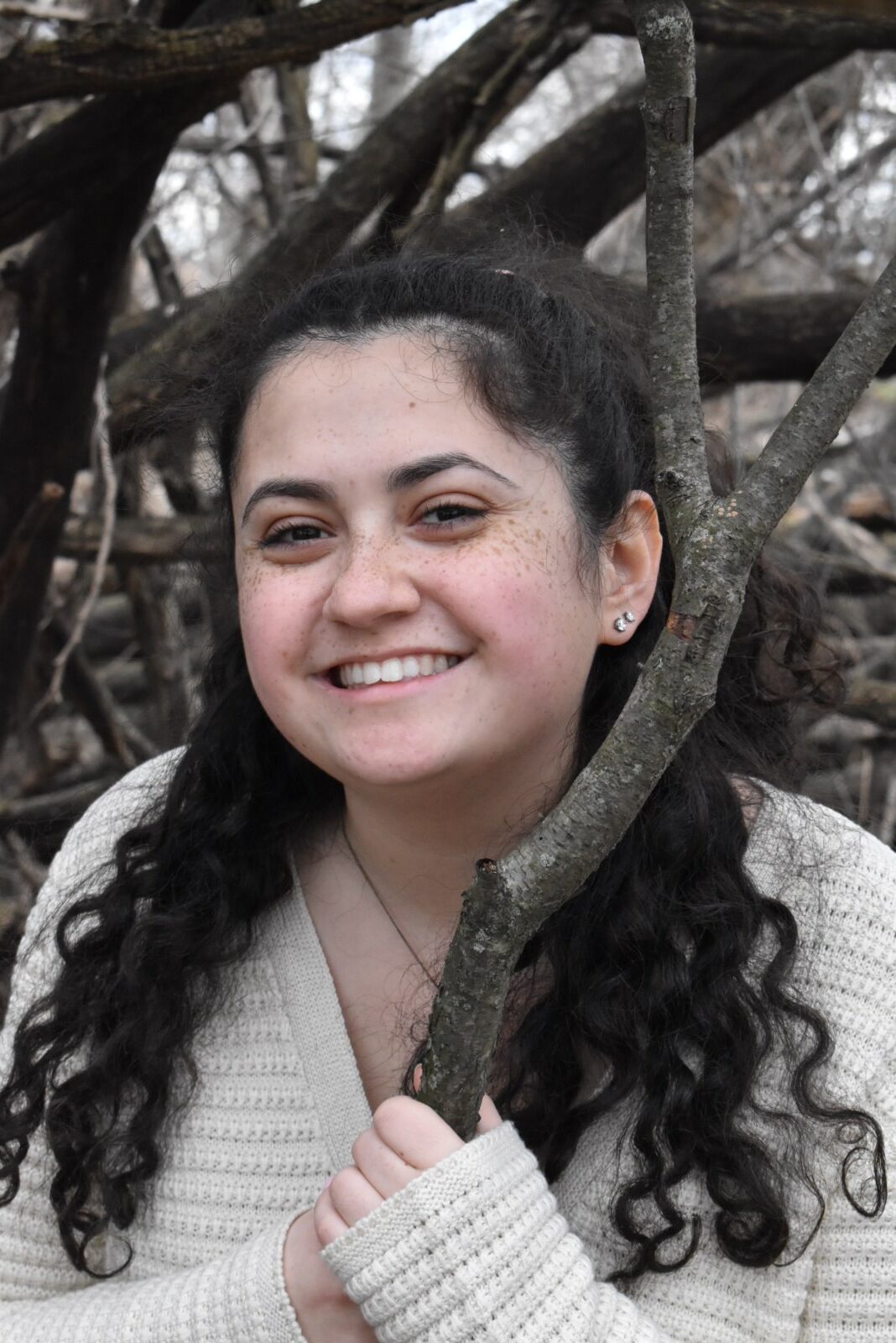Chemistry and Biochemistry Professor Dr. George John has taught at City College for 18 years, and studies how naturally occurring substances and structures can be used innovatively for man-made products.
Dr. John’s areas of expertise include organic material chemistry, soft matter/colloid science, bioderived surfactants, and organic synthesis. Dr. John is also a member of the CUNY Institute for Macromolecular Assemblies. His work focuses on biomimetic materials research, which is when certain processes, substances, or structures are adapted from the living world and are used to make new and improved synthetic materials in the laboratory.
 Dr. John was also the recipient of a 2015-2016 Fulbright-Nehru Academic and Professional Excellence Award Fellowship to conduct research and teach at the LM Thapar School of Management in Dera Bassi, India. After the initial four-month stay, he returned for three summers to teach at the university following the Fulbright’s close.
Dr. John was also the recipient of a 2015-2016 Fulbright-Nehru Academic and Professional Excellence Award Fellowship to conduct research and teach at the LM Thapar School of Management in Dera Bassi, India. After the initial four-month stay, he returned for three summers to teach at the university following the Fulbright’s close.
The goal of his courses at LM Thapar was to teach business graduate students about the science behind some of the technology they would be working with from a business perspective. Students were taught about biomimetics that intersect with industry and sustainability. His classes included, “Biomimetic Materials: Innovation Can Be Inspired by Nature,” “Biorefinery: A Design Tool for Green and Sustainable Materials,” and “Valorization of Biomass into Multifunctional Materials.” These classes generated great interest and became so popular that students requested they be incorporated into the school’s actual course catalog.
“That kind of bringing nature’s examples to create new materials, adapting technologies and mechanism from nature to create something in the laboratory, is called biomimicry or biomimetic technologies,” the researcher said in explanation of why he thought biomimetics would be good to teach to the business students.
“We proposed to the Fulbright that it may be a good way to convey and make people a little more adaptable or willing to receive this kind of technology, if you present it in the class, they may accept and they may be excited about learning a little bit of science and technology.”
Dr. John is currently working on creating a “throw-away” battery that can be used in a phone in the future.
The standard lithium-ion battery is not disposable because it includes components that must be recycled as they contain toxic materials and metals. Dr. John said he hopes to use renewable materials, such as plant-derived dye molecules inside batteries to make them biodegradable. He and his team conceptually demonstrated that the structure of these dye molecules works well with the lithium for the batteries.
Dr. John has also looked into new thickening agents for food since vegetable oil thickeners contain trans fats, which are banned by the Food and Drug Administration. He has developed a method to create an oil-based gel that can be used in cooking and baking that doesn’t contain trans fats.
Research also focused on oil spill mitigation using green technology inspired by nature. The team created a biodegradable “herding” agent that can remove oil from water.

Amanda is a student at the CUNY Graduate School of Journalism, where she’s studying health & science reporting and broadcast journalism. She graduated from Baruch College in May 2022, where she double majored in journalism & creative writing and political science and double minored in environmental sustainability and communication studies. She has been published in City & State, BORO Magazine, Bklyner, The Canarsie Courier, the New York City News Service, PoliticsNY, Gotham Gazette, Bushwick Daily, DCReport, News-O-Matic, The Queens Daily Eagle, Tower Times, The Ticker, and Dollars & Sense Magazine.